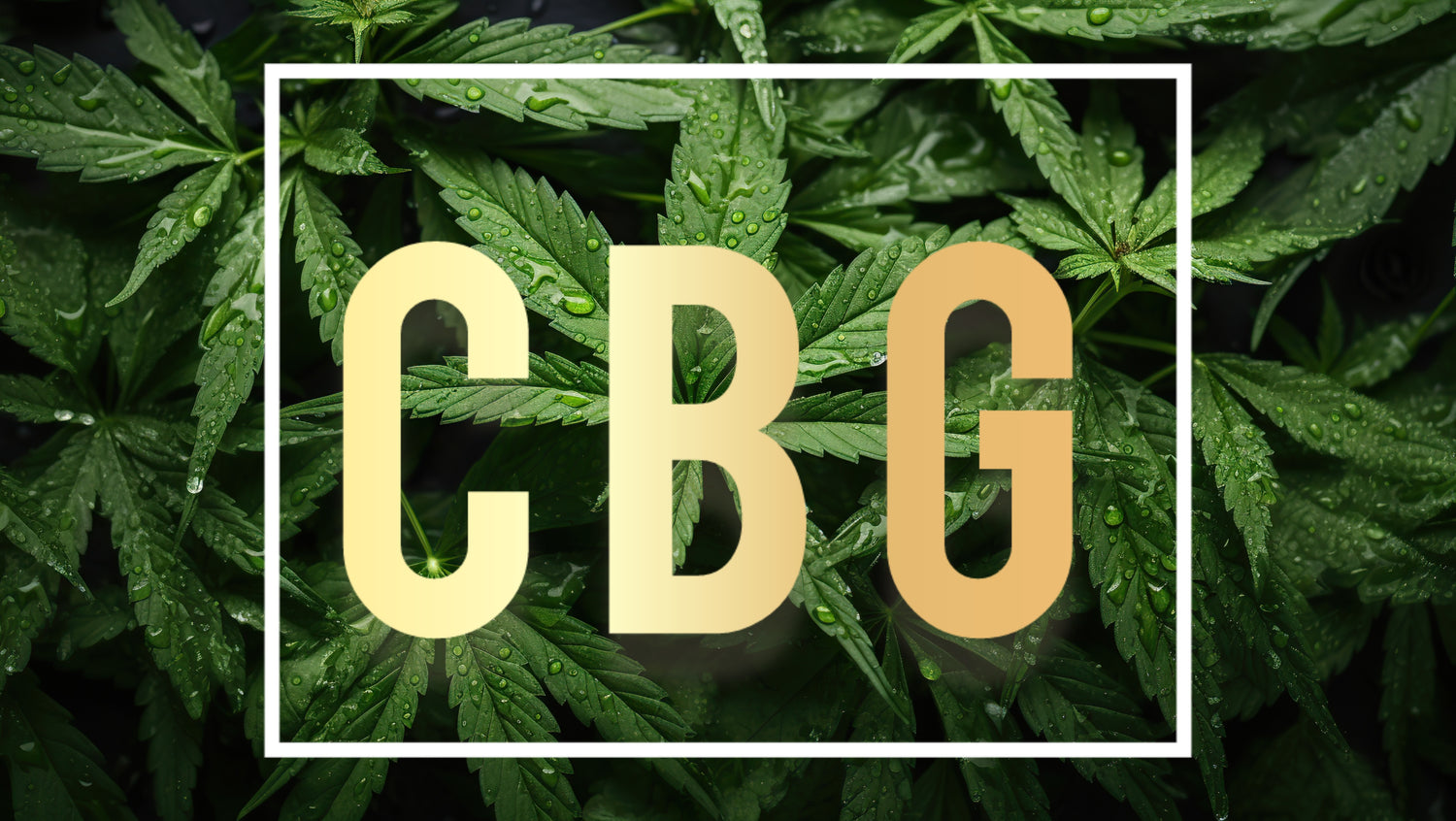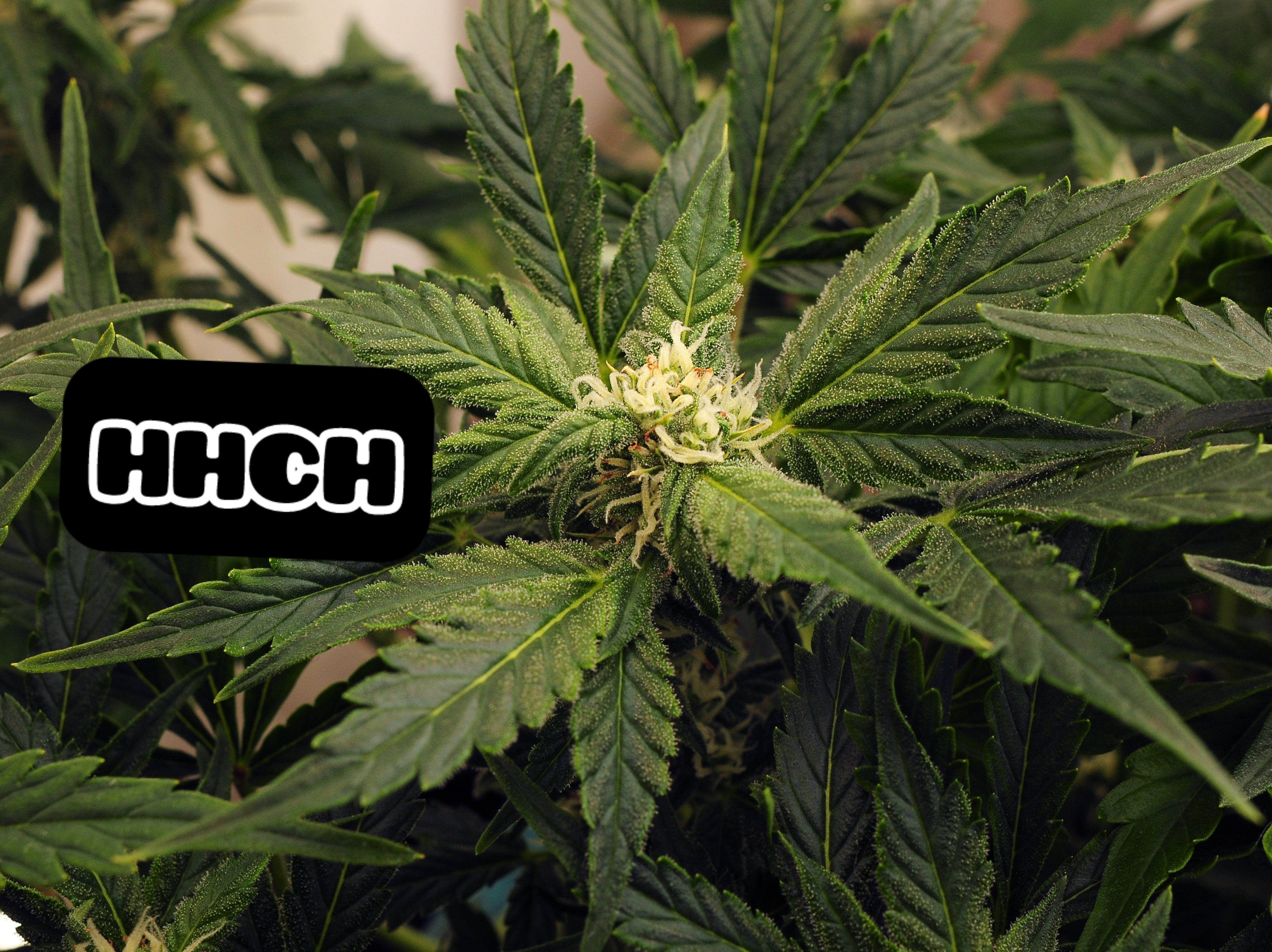Cannabigerol , more commonly known as CBG , is one of the many cannabinoids found in cannabis plants. While not as well-known as CBD (cannabidiol) or THC (tetrahydrocannabinol), CBG is gaining increasing attention from researchers, doctors, and consumers due to its therapeutic potential. In this article, we will take an in-depth look at this fascinating cannabinoid, its properties, potential uses, and its presence in cannabis products.
Summary
- What is CBG?
- How does CBG work in the body?
- The Potential Health Benefits of CBG
- CBG in Cannabis Products
- How to choose CBG products?
- Frequently Asked Questions
What is CBG?
A precursor cannabinoid
CBG is often described as the "precursor cannabinoid " due to its role in the biosynthesis of other cannabinoids like CBD and THC . In the early stages of the cannabis plant's growth, cannabigerolic acid ( CBGA ) is the first form of cannabinoid produced. Then, under the influence of certain enzymes, CBGA is converted into CBDA (cannabidiolic acid), THCA (tetrahydrocannabinolic acid), and CBCA (cannabichromenic acid). These acids then decarboxylate to become the cannabinoids we are more familiar with: CBD , THC , and CBC . Therefore, without CBG, other cannabinoids could not exist.
Low concentration
CBG is present in very low concentrations in the mature cannabis plant, typically less than 1% . This low presence is due to the fact that most of the CBG is converted into other cannabinoids during the plant's life cycle. However, thanks to advances in genetic selection and extraction techniques, it is now possible to cultivate cannabis strains containing higher levels of CBG .
Non-psychoactive
Unlike THC, CBG is not psychoactive . This means it does not cause the "high" or "euphoric" effects associated with THC. This makes CBG particularly attractive for medical applications, as it can offer therapeutic benefits without the psychotropic effects.
How does CBG work in the body?
Interaction with the endocannabinoid system
CBG exerts its effects by interacting with the human body's endocannabinoid system ( ECS ). The ECS is a complex network of receptors, enzymes, and endogenous (body-produced) cannabinoids that regulates various physiological functions, including pain, mood, appetite, and sleep. The two main cannabinoid receptors are CB1 and CB2 .
- CB1 receptors : Mainly found in the brain and central nervous system.
- CB2 receptors: Mostly present in the immune system and peripheral tissues.
CBG has a low affinity for CB1 receptors, which partly explains why it does not have a psychoactive effect. However, it does interact with CB2 receptors, giving it potential anti-inflammatory and analgesic properties.
Anti-inflammatory and antibacterial properties
Studies have shown that CBG possesses anti-inflammatory and antibacterial properties. These effects may be beneficial in the treatment of various inflammatory and infectious conditions. For example, CBG has demonstrated effectiveness against drug-resistant bacteria, such as methicillin-resistant Staphylococcus aureus (MRSA).
The Potential Health Benefits of CBG
Pain management
CBG could be a valuable ally in managing both acute and chronic pain. By interacting with endocannabinoid receptors, CBG can help reduce pain perception and alleviate inflammation, providing natural relief without the side effects associated with opioids and other conventional pain relievers.
Improved gut health
Preliminary research suggests that CBG may be beneficial for gut health. It has been shown to reduce intestinal inflammation and improve symptoms of inflammatory bowel diseases (IBD) such as Crohn's disease and ulcerative colitis. These effects are likely related to its anti-inflammatory properties and its ability to interact with the ECS in the gastrointestinal tract.
Reduction of anxiety and stress
CBG may also have anxiolytic and antidepressant properties. By modulating endocannabinoid receptor activity, it can help regulate mood and reduce stress and anxiety levels. These effects may offer a natural alternative to psychotropic medications for people suffering from anxiety and depressive disorders.
Neuroprotection
CBG shows neuroprotective potential, meaning it may help protect nerve cells from damage and degeneration. This could be particularly beneficial in the treatment of neurodegenerative diseases such as Parkinson's disease, Alzheimer's disease, and multiple sclerosis. By reducing inflammation and protecting neurons, CBG may help slow the progression of these debilitating diseases.
Fight against cancer
Preliminary studies indicate that CBG may have anticancer properties. CBG has been shown to inhibit cancer cell growth and induce apoptosis (programmed cell death) in some cancer cell lines. While these results are promising, further research is needed to determine the effectiveness of CBG in treating cancer in humans.
CBG in Cannabis Products
Oils and tinctures
CBG oils and tinctures are among the most common products on the market. They are typically made by extracting CBG from cannabis flowers and blending it with a carrier oil such as coconut oil or hemp oil. These products can be taken sublingually (under the tongue) for quick absorption or added to foods and beverages.
Capsules and supplements
Capsules and supplements containing CBG offer a convenient way to consume this cannabinoid. They are easy to dose and can be discreetly incorporated into your daily routine. CBG capsules are often formulated with other cannabinoids and natural compounds to maximize health benefits.
Creams and topicals
CBG creams and topicals are designed for local application and are used to treat pain, inflammation, and skin conditions. By penetrating directly into the skin, CBG can target specific areas of the body, providing fast and effective relief.
Edible products
CBG-infused edibles, such as gummies and chocolates, are growing in popularity. These products offer a tasty alternative to traditional consumption methods and allow for slower, more prolonged absorption of CBG, which may be beneficial for certain medical conditions.
How to choose CBG products?
Check the origin
It's essential to choose CBG products from reputable producers who adhere to strict quality standards. Look for brands that use organic growing practices and solvent-free extraction methods to ensure the purity and safety of the final product.
Laboratory analysis
Make sure the products you purchase have been tested by independent third-party labs. These tests should verify the concentration of CBG, the absence of contaminants (such as pesticides and heavy metals), and the presence of other cannabinoids. Test results should be easily accessible and transparent.
Composition and additives
Carefully examine the ingredient list to ensure the product does not contain any artificial additives or preservatives. Choose products made with natural ingredients and avoid those containing potentially harmful chemicals.
Consult a healthcare professional
Before starting CBG products, it is recommended to consult a healthcare professional, especially if you are already taking medication or have pre-existing medical conditions. A professional can advise you on the appropriate dosage and help you avoid potential drug interactions.
Frequently Asked Questions
Is CBG legal?
Yes, CBG is legal in many countries such as Belgium, France, Luxembourg, Germany, etc., provided that it is derived from cannabis varieties containing less than 0.2% THC.
Is CBG psychoactive?
No, CBG is not psychoactive. Unlike THC, it does not produce a "high" or "euphoric" effect. This makes it an attractive choice for those looking to benefit from the therapeutic properties of cannabis without the psychotropic effects.
How long does it take to feel the effects of CBG?
The time it takes to feel the effects of CBG can vary depending on the method of consumption and the individual. Sublingual oils and tinctures can produce effects in 15 to 45 minutes, while edibles can take 1 to 2 hours. Topical effects can be felt within minutes, especially when applied to painful or inflamed areas.
Does CBG have any side effects?
CBG is generally well tolerated, but like any supplement, it can cause side effects in some people. These can include dry mouth, dizziness, drowsiness, or changes in appetite. It's always advisable to start with a low dose and gradually increase it to assess your tolerance.
Can I combine CBG with other cannabinoids?
Yes, CBG can be combined with other cannabinoids like CBD and THC to create an entourage effect, where the compounds work together to enhance therapeutic effects. Many products on the market are formulated to contain multiple cannabinoids to maximize health benefits.
In conclusion, CBG is a promising cannabinoid with many potential health benefits. While it still requires extensive research to better understand its mechanisms of action and therapeutic applications, current studies suggest it may be beneficial for pain management, gut health, anxiety and stress reduction, neuroprotection, and even cancer prevention. By choosing high-quality products and consulting with healthcare professionals, you can safely and effectively incorporate CBG into your wellness routine.





Leave a comment
All comments are moderated before being published.
This site is protected by hCaptcha and the hCaptcha Privacy Policy and Terms of Service apply.